1. Great Salt Lake (Utah)
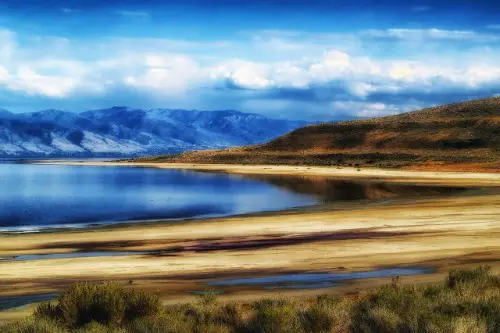
The Great Salt Lake is rapidly shrinking, and it’s mainly due to water diversion for farming, along with an ongoing drought. The lake relies on runoff from surrounding rivers, but water is being redirected for agriculture, which is taking a heavy toll. Experts predict that without significant rainfall or changes in water usage, the lake could dry up completely.
2. Mono Lake (California)
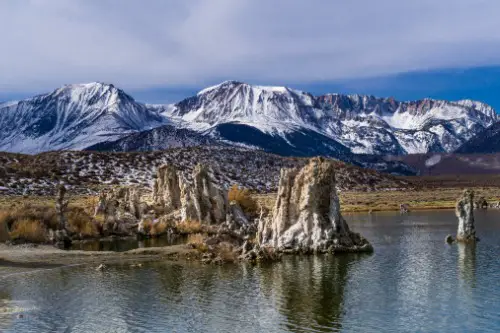
California’s Mono Lake is facing a real crisis. The lake’s water levels have been steadily dropping due to water being diverted from its main tributary, the Owens River, for Los Angeles’ water supply. If this continues, the lake could end up disappearing, leading to environmental damage, including air quality issues from the exposed lakebed.
3. Lake Mead (Nevada/Arizona)
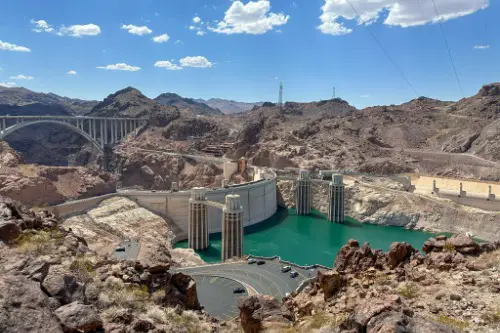
As the largest reservoir in the U.S., Lake Mead is crucial for supplying water to millions of people. But prolonged drought and the overuse of water from the Colorado River are causing its levels to plummet. With the ongoing climate change crisis, experts fear that Lake Mead could dry up entirely if water conservation efforts aren’t ramped up.
4. Lake Powell (Arizona/Utah)
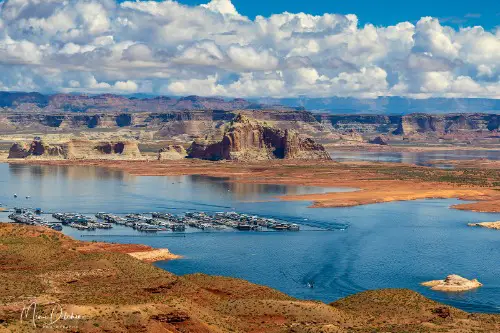
Lake Powell, another major reservoir on the Colorado River, is also in danger due to prolonged drought and the overuse of water from the river. The water levels have been dropping steadily, and without significant change in water usage policies, this iconic lake could become a mere fraction of its current size or even vanish.
5. Salton Sea (California)
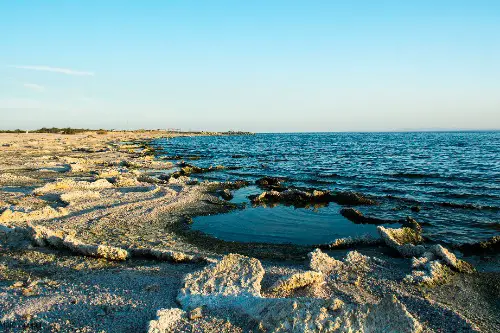
The Salton Sea in Southern California is already experiencing ecological collapse. The lake has been shrinking due to reduced water inflows and agricultural runoff. The shrinking lake exposes toxic dust, which worsens air quality and threatens public health. With no significant intervention, the Salton Sea could be gone in a decade.
6. Lake Erie (Ohio/Pennsylvania/New York)
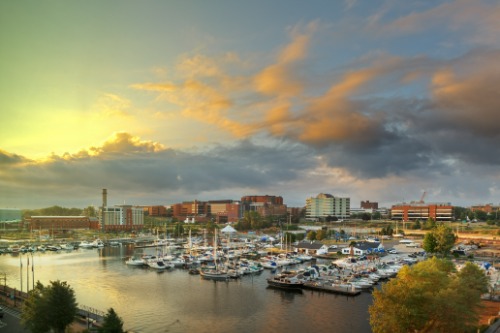
Lake Erie has long been struggling with pollution and algae blooms, largely due to agricultural runoff and industrial waste. The increased frequency of these blooms, fueled by warmer temperatures, could drastically reduce the lake’s water quality. If the pollution isn’t controlled, parts of the lake could become inhospitable, affecting local ecosystems.
7. Clear Lake (California)
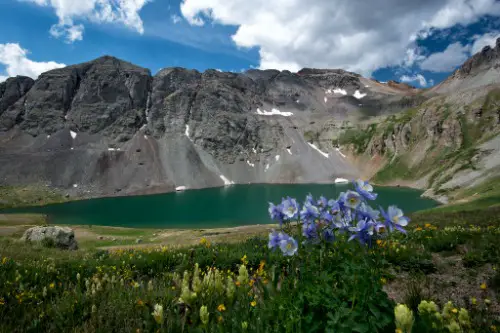
California’s Clear Lake has been declining due to invasive species, pollution, and water diversion. Over the years, agricultural runoff has created a toxic environment for fish, and as the drought continues, water levels have also dropped. If restoration efforts aren’t stepped up, this lake could face an uncertain future.
8. Lake Okeechobee (Florida)
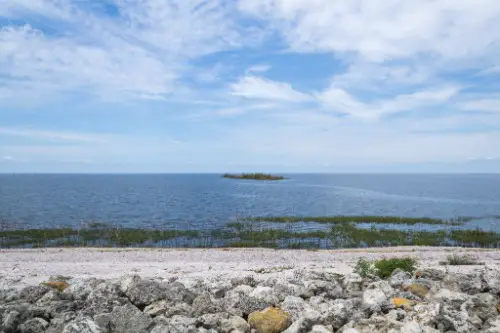
Florida’s Lake Okeechobee is facing the combined threats of rising temperatures, invasive species, and excessive nutrient pollution. The excessive use of fertilizers around the lake is contributing to toxic algae blooms, which harm wildlife and threaten water quality. The lake’s ecosystem is delicate, and without urgent intervention, it could degrade significantly in the coming decade.
9. Lake Superior (Minnesota/Wisconsin/Michigan)
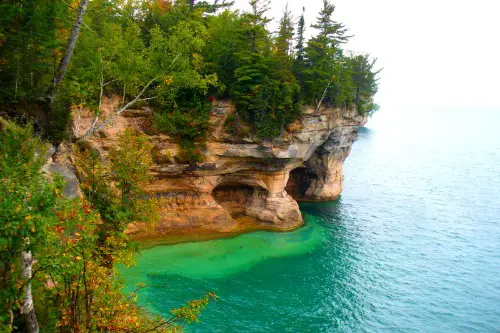
Though Lake Superior is the largest of the Great Lakes, it’s not immune to the effects of climate change. Rising temperatures and extreme weather events are causing more severe storm surges and increased evaporation, which could disrupt its water balance. If these trends continue, it could significantly affect the lake’s ecosystem.
10. Lake Michigan (Illinois/Indiana/Wisconsin)
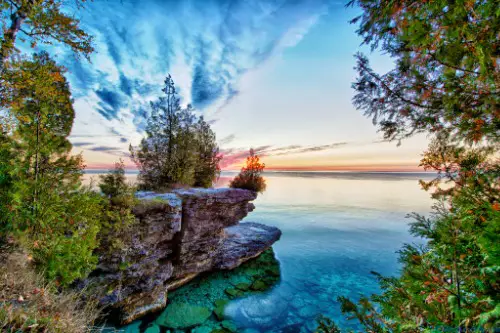
Lake Michigan, another of the Great Lakes, faces water level fluctuations and pollution from agricultural runoff, sewage, and industrial waste. While it’s unlikely to disappear completely, ongoing environmental issues and urban sprawl could reduce the quality of the water and harm local wildlife, leaving the lake in peril.
11. Lake Havasu (Arizona/California)
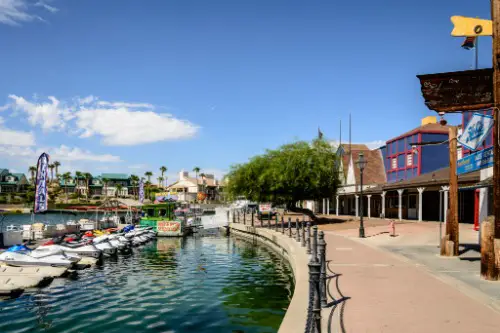
Lake Havasu, a man-made reservoir on the Colorado River, is feeling the effects of the ongoing drought. Water levels in the lake have dropped significantly, and climate change only exacerbates the situation. With a growing population relying on its water, the lake could face further depletion in the next decade.
12. Lake Champlain (Vermont/New York)
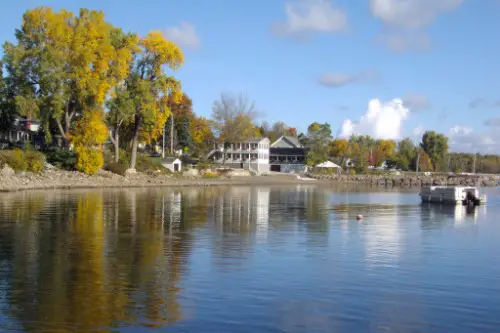
Lake Champlain is already dealing with invasive species and nutrient pollution, which contribute to algae blooms and lower water quality. As climate change intensifies, warmer water temperatures will worsen these issues. If action isn’t taken to address the pollution and ecosystem disturbances, Lake Champlain could face serious long-term challenges.


